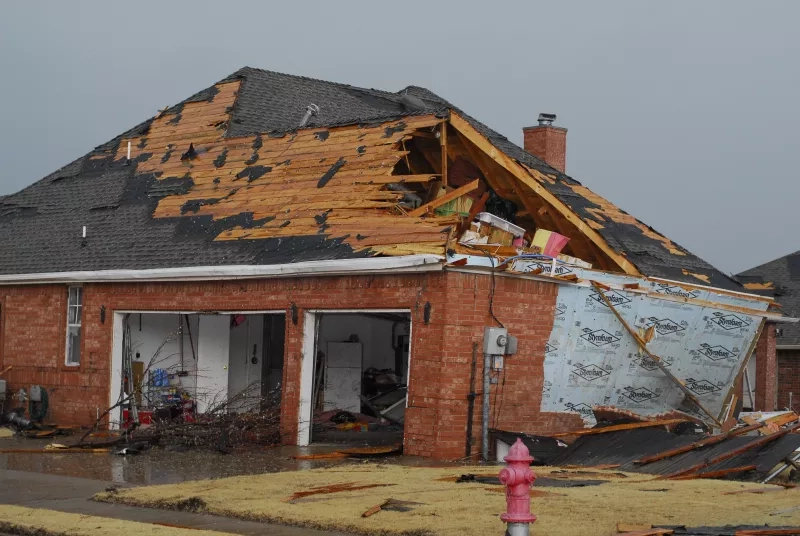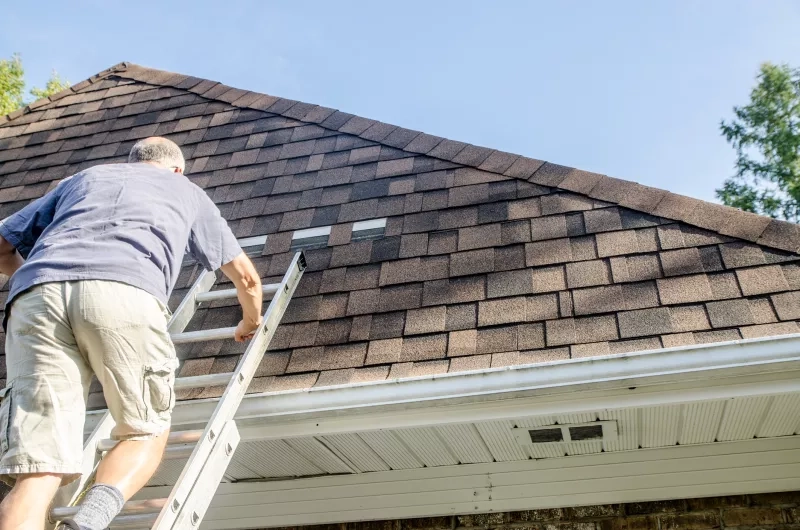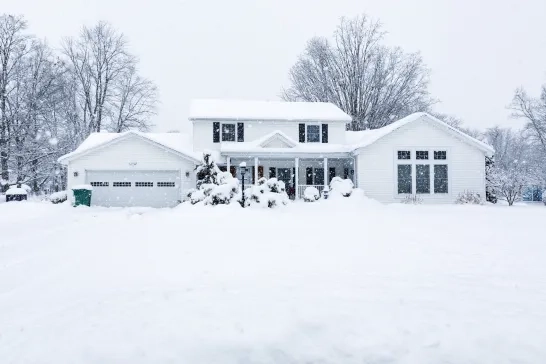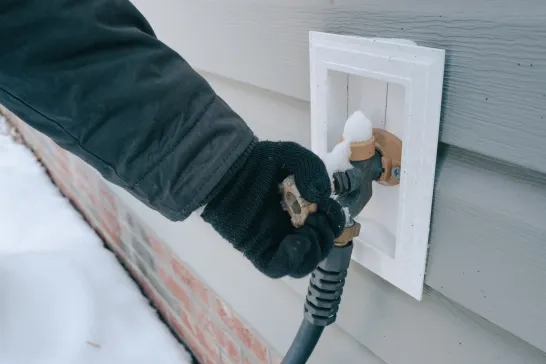
Don’t let the next storm damage your roof—here’s what to do
3 Minute Read
When strong winds strike, your roof is your home’s primary shield. However, intense gusts and extreme weather can cause severe damage without proper reinforcement. Strengthening your roof isn’t just about preserving your property—it’s about safeguarding your family, cherished memories and valuable belongings.
Here’s how to fortify your roof against severe winds and ensure your home stays safe and secure.
Understand your roof’s weak spots
Before exploring solutions, it is crucial to assess your roof’s current condition. What materials were used to build it? How old is it? Are there visible signs of wear, such as cracked shingles, missing pieces, or loose hardware? These issues can become significant vulnerabilities during a storm.
To stay ahead of potential damage, schedule a professional roof inspection annually, especially if you live in an area prone to rough weather. Catching small issues early, like worn-out shingles or weakened structures, can save you from costly repairs later on.
Upgrade to high-performance roofing materials
The materials you choose for your roof significantly affect its ability to withstand high winds. If you plan an upgrade or replacement, consider wind-resistant options like "Class H" shingles. These shingles are built to handle wind speeds of 150 km/h or more, making them an excellent choice for storm-heavy regions.
Another strong option is metal roofing, known for its durability against extreme weather. While it costs more upfront, a properly installed metal roof can offer superior protection and minimize damage during storms.
Strengthen roof sheathing
Roof sheathing, the layer that connects shingles to the roof’s structure, plays a key role in protecting your home. Strong winds can create uplift forces that tear off this layer, exposing your home to water damage. To prevent this, use ring shank nails or screws, which provide a firmer grip compared to standard nails.
For added safety, consider applying a secondary water barrier. Closed-cell spray foam adhesives can bond sheathing to the roof frame while providing moisture protection, keeping your roof secure and dry.
Reinforce roof vents
Roof vents, such as ridge and off-ridge vents, help ventilate your home but can become weak spots during extreme winds. Upgrade to high-wind-rated vents that include built-in baffles to redirect rain and debris, and ensure they’re securely fastened to the roof deck during installation. This simple step reduces the risk of leaks and structural issues during bad weather.
Secure eaves and overhangs
Eaves, overhangs and soffits are often overlooked but are particularly prone to wind damage. Replacing damaged materials with durable options, such as reinforced vinyl or metal, can make these areas more resilient. Use strong adhesives to anchor soffits securely and seal any gaps where wind or rain could enter.
Keep up with regular maintenance

Ongoing maintenance is essential for a storm-ready roof. After any significant weather event, inspect your roof for missing shingles, cracked seals or loose fasteners. Clear debris such as leaves and branches from gutters and roof surfaces to ensure proper drainage and prevent water damage. Consistent upkeep helps your roof stay in peak condition.
Know when to call the professionals
While securing shingles or cleaning gutters can go a long way, more complex upgrades, like installing wind-resistant materials or reinforcing sheathing, should be handled by licensed contractors. Professionals ensure the work meets safety standards, giving you confidence that your roof is built to withstand severe weather.
Prepare before the storm
By addressing weak spots and making proactive upgrades, you can reduce the risk of storm-related damage and enjoy peace of mind. Don’t wait for the next storm—start fortifying your roof now to protect your home, belongings and loved ones.
For more articles and resources about extreme winds and protecting your home, visit caaneo.ca/severe-winds.
This advice is intended to provide general information only and is not intended to provide legal or professional advice, or to be relied on in any dispute, claim, action, demand or proceeding. CAA Insurance Company or ICLR do not accept liability for any damage or injury resulting from reliance on this information.




